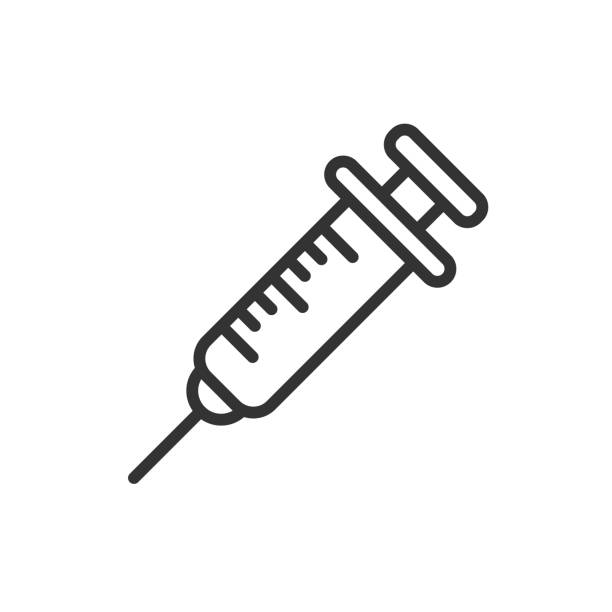Labetalol Hydrochloride (Injection)
Indications
Labetalol Injection is indicated in Hypertension (including hypertension in pregnancy, hypertension after stroke, hypertension with angina, and hypertension following acute myocardial infarction); hypertensive crisis; Anaesthesia when a hypotensive technique is indicated.
Pharmacology
Labetalol is a competitive antagonist at b1 and b2 adrenoreceptors and has some intrinsic activity at b2 adrenoreceptors. Labetalol has, in addition to its b-blocking action, a competitive antagonist action at postsynaptic a-adrenoreceptors. In isolated tissues Labetalol is four to eight times more potent at b than a-adrenoreceptors.
Dosage And Administration
Bolus Injection: If it is essential to reduce the blood pressure quickly a dose of 50 mg should be given by intravenous injection (over a period of at least one minute) and, if necessary, repeated at five minute intervals until a satisfactory response occurs. The total dose should not exceed 200 mg.
Intravenous Infusion: For intravenous infusion the injcetion should be diluted with a suitable intravenous infusion fluid to a concentation of 1 mg/1 ml. Compatible fluids include solution of 5% Dextrose, 0.9% Sodium Chloride and mixture of Sodium Chloride and Dextrose Injection.
Hypertension in pregnancy: Initially 20 mg/hour, then doubled every 30 minutes until a satisfactory response is obtained or a dosage of 160 mg/hour is reached.
Hypertension following acute myocardial infarction: Initially 15 mg/hour and gradually increased to a maximum of 120 mg/hour depending on the control of blood pressure.
Hypertension after stroke: 10-20 mg by intravenous injection over 1 to 2 minutes may repeat or doubled every 10 minutes. (max. dose 300 mg).
Hypertension due to other causes: Infuse at a rate of about 2 mg/min until a satisfactory response is obtained, then stop infusion. The effective dose is usually 50-200 mg but larger doses may be needed, especially in patients with phaeochromocytoma.
Hypotensive anaesthesia: The recommended starting dose of Labetalol Injection is 10-20 mg intravenously depending on the age and condition of the patient. Patients for whom halothane is contraindicated usually require a higher initial dose of 25-30 mg. If satisfactory hypotension is not achieved after 5 minutes, increments of 5-10 mg should be given until the desired level of blood pressure is attained.
Interaction
Labetalol may enhance the hypotensive effects of halothane. Care should be taken if labetalol is used concomitantly with either Class I antiarrhythmic agents or calcium antagonists of the verapamil type. The hypotensive effect of Labetalol may be reduced when used in combination with prostaglandin synthetase inhibitors (NSAIDs). Dosage adjustments may therefore be necessary. Concomitant use of tricyclic antidepressants may increase the incidence of tremor. Cimetidine may increase the bioavailability of Labetalol and care is required in oral dosing of the latter.
Contraindications
Labetalol is contraindicated for patients known to have hypersensitivity to the medicine. Labetalol is contraindicated in second or third degree heart block, infranodal A-V block, uncontrolled heart failure, sick-sinus syndrome, cardiogenic shock and other conditions associated with severe and prolonged hypotension or severe bradycardia, and bronchial asthma or other obstructive lung disorders.
Side Effects
Adverse effects reported are postural hypotension (avoid upright position during and for 3 hours after intravenous administration), tiredness, weakness, headache, rashes, scalp tingling, difficulty in micturition, epigastric pain, nausea, vomiting; liver damage.
Pregnancy And Lactation
Labetalol should only be used during the first trimester of pregnancy if the potential benefit outweighs the potential risk. Labetalol is excreted in breast milk in small amounts. Caution should be exercised when labetalol is administered to breast feeding women.
Precautions And Warnings
There have been rare reports of severe hepatocellular injury with Labetalol therapy. The hepatic injury is usually reversible and has occurred after both short and long term treatment. If there is laboratory evidence of liver injury or the patient is jaundiced, Labetalol therapy should be stopped and not re-started. Particular care should be taken when Labetalol is to be used in patients with hepatic impairment. Labetalol should be used with caution in patients with peripheral vascular disease as their symptoms may be exacerbated.
Overdose Effects
Profound cardiovascular effects are to be expected, e.g. excessive, posture-sensitive hypotension and sometimes bradycardia. Patients should be laid supine with the legs raised. Use a cardiac glycoside and a diuretic in cardiac failure; for bronchospasm, administer a b 2 -agonist per aerosol. Intravenous atropine 0.25 to 3 mg should be given to relieve bradycardia. Intravenous noradrenaline 5 to 10 mg initially, repeated according to response may be preferable to isoprenaline to improve circulation. Alternatively, noradrenaline may be infused at a rate of 5 mg per minute until the response is satisfactory. In severe overdose, intravenous glucagon may be preferred: an initial bolus dose of 5 to 10 mg in dextrose or saline should be followed by an intravenous infusion of 5 mg/hour or as sufficient to maintain cardiac output.
Therapeutic Class
Alpha adrenoceptor blocking drugs, Beta-adrenoceptor blocking drugs.
Storage Conditions
Store in a cool & dry place protected from light. Keep out of reach of children.
